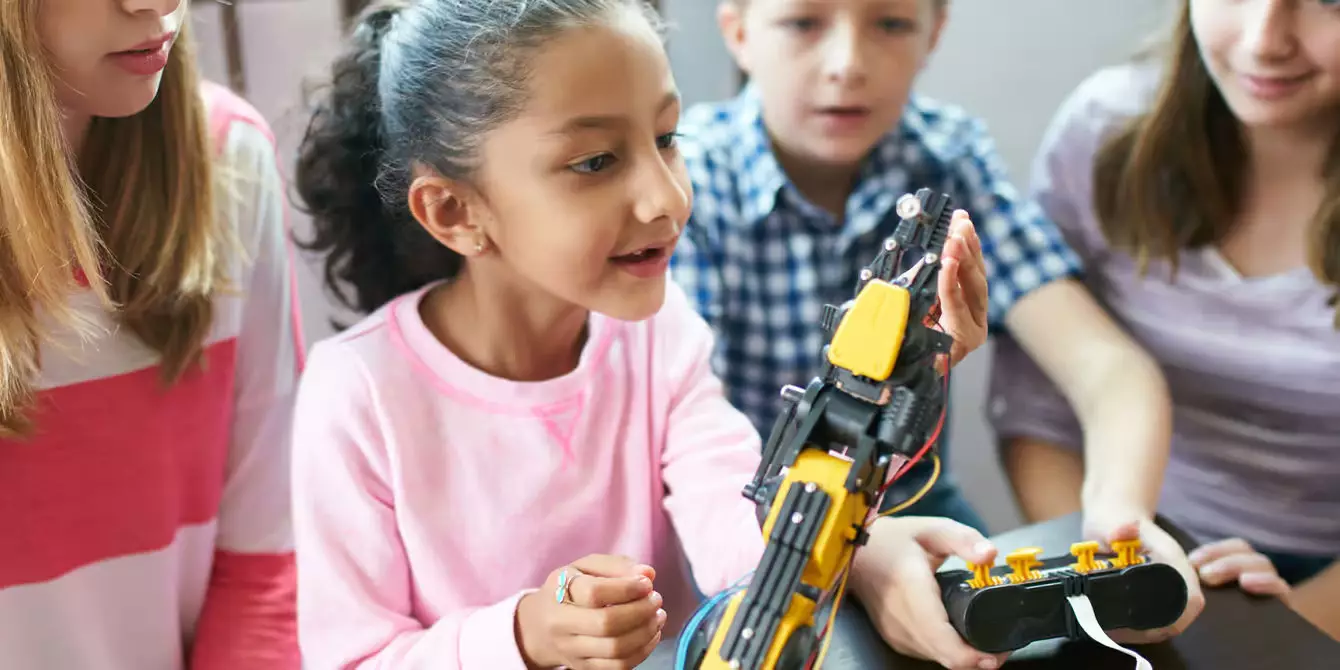STEM education, encompassing Science, Technology, Engineering, and Mathematics, has emerged as a crucial aspect of educational curricula across the globe. Since its inception as a term in 2001, spearheaded by Judith A. Ramaley at the National Science Foundation, the focus on STEM has expanded dramatically. Educational experts recognize its role in cultivating critical thinking, fostering creativity, and preparing students for a rapidly evolving job market. This article illuminates the multifaceted benefits of STEM learning for children and suggests practical ways to incorporate these principles into familial settings.
At its essence, STEM education is not merely about teaching children specific subjects; it’s about integrating disciplines to solve real-world problems. Each component—science, technology, engineering, and mathematics—plays a distinctive role in this comprehensive approach. Science involves observation and experimentation to understand natural phenomena, while technology focuses on using tools for practical solutions. Engineering blends science and technology to innovate, and mathematics provides the framework for logical reasoning and quantitative analysis essential in these fields.
This interconnectedness shapes a learner’s ability to think critically and address complex issues. As described by experts like Sally Macaluso and Greg McDonough, STEM is hands-on. Engagement through manipulatives like blocks and kits allows even the youngest learners to explore concepts in a tangible way. Through these experiences, children demonstrate not only cognitive growth but also emotional resilience as they tackle and overcome challenges.
Introducing STEM concepts early in a child’s life yields profound long-term benefits. Experts argue that early engagement can predict academic success. By tapping into children’s innate curiosity, parents and educators can create an environment ripe for exploration and learning. Familiarity with STEM principles catalyzes cognitive development, enhancing memory, language skills, and critical thought processes.
Dr. Karen Aronian emphasizes that STEM experiences nurture future innovators by encouraging problem-solving and creativity. Activities that incorporate everyday life aspects—like cooking, gardening, and basic home maintenance—can seamlessly introduce foundational STEM lessons, making learning both practical and enjoyable.
A critical characteristic of effective STEM education is its hands-on nature, granting students the opportunity to explore concepts through interactive and engaging methods. For instance, children might not grasp the concept of area and perimeter through textbook exercises alone. Instead, a dynamic approach would involve them designing and crafting a miniature house, merging theoretical knowledge with tangible outcomes.
This principle extends to older students as well, where STEM learning deepens understanding through project-based assessments rather than traditional testing. It incites creativity, pushing learners to visualize and build rather than merely memorize, thereby ingraining the lessons more profoundly. As technology rapidly evolves, adaptability in education becomes vital, making a STEM foundation even more relevant.
For parents eager to enrich their children’s educational experiences, practical strategies abound. Creating an open learning environment, where curiosity and questioning are encouraged, significantly aids in honing STEM skills. Open-ended questions stimulate critical thinking and allow children to make predictions during play or exploration, cultivating a scientific mindset.
Additionally, developing a designated ‘maker corner’ in the home can promote creativity. Equipping this space with a variety of materials—such as cardboard, Legos, and everyday recyclables—invites spontaneous innovation. By challenging children to create and design, parents can nurture confidence and problem-solving skills.
Moreover, incorporating storytelling with STEM frameworks can further deepen engagement. By transforming narrative challenges into design tasks—such as devising solutions for a character’s dilemma—children can visualize concepts while having fun. This blend of play and learning is crucial in maintaining enthusiasm for STEM subjects.
As we face multifaceted global challenges, from healthcare to environmental sustainability, the demand for skilled STEM professionals continues to grow. Education experts highlight that nurturing a population equipped with STEM competencies is not just beneficial, but imperative for societal advancement. By investing in STEM education, we are effectively securing the next generation’s ability to innovate and respond to the challenges that lie ahead.
STEM education stands as a pillar of modern pedagogy with profound implications for the future. Its ability to foster critical thinking, creativity, and problem-solving skills positions it as an essential facet of learning. By embracing and integrating STEM principles from early childhood, we can empower children to become the innovators of tomorrow, ready to navigate and influence our complex world.

